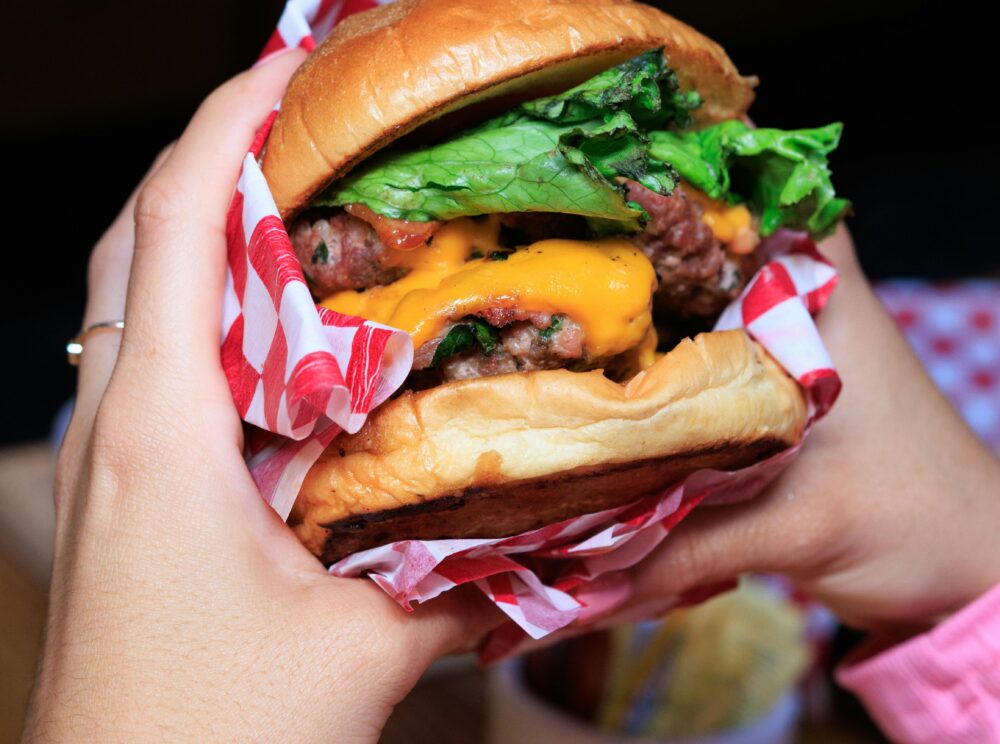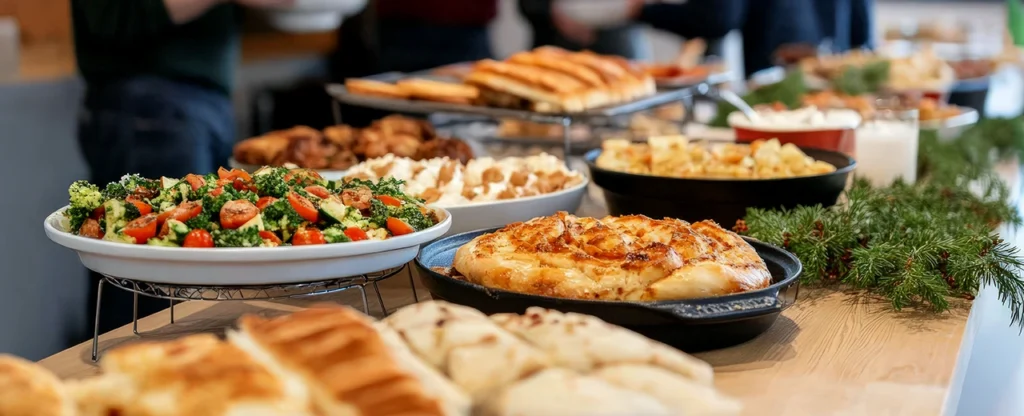
The 4 Best Ways for Restaurants to Draw in Traffic
Increasing competition and customer expectations for consistent, quality service at restaurants makes getting people in the door more difficult than ever in today’s market. Competition created by new establishments and constant scrutiny via social media have raised the bar for service standards. Modern restaurateurs must react faster in order to succeed.
“It’s a lot more difficult to differentiate your business and get people to take notice,” says Chuck Trissler, owner of 551 West in Lancaster, Pennsylvania. “In order to attract customers and keep them coming back, you oftentimes have to provide incentives.”
But incentives for existing diners are only one part of a multifaceted strategy to keep traffic coming in. It’s critical to keep attracting new audiences as well. In particular, operators are finding success by targeting millennial diners, who spend more on eating out than any other demographic. There are four ways that successful restaurant owners can attract new millennial and Gen X customers and create loyal regulars. Here, we take a look at each one.
1. Engage the reputation economy
According to Statista, 78 percent of adults age 30-49 use Facebook and 40 percent use Instagram. Millennials and Gen Xers make up approximately 70 percent of Yelp users. As the prevalence of social media and online review sites continues to rise, it is important for restaurant owners to take seriously the impact these outlets can have on an establishment’s reputation, either by attracting customers or driving them away.
“Social media can be a huge marketing tool for restaurants,” says Domenic Ruggiero, co-owner of Eastland Inn in Berea, Ohio. “However, they are also a challenge, because these platforms invite customers to lash out with complaints about a restaurant, in a place that everyone can see.”
Regular engagement with customers through the use of outlets such as Facebook and Yelp helps build brand reputation and develop positive communication channels, which can be essential to combating negative reviews when they occur.
“All feedback is good feedback,” Trissler says. “Negative reviews actually provide a bigger opportunity to win customers back based on how we respond to their concerns—but it is important to respond to every review.”
Ruggiero also recommends keeping information updated regularly on social media by posting photos of menu items, promoting restaurant events, and partnering with other community organizations.
“At Eastland Inn, we want customers to feel like they can contribute to different conversations,” he says. “We post to these channels asking our patrons to comment on what specials they want to see—for example, what soups they’d want to try—and have also asked them to recommend to us different bands we might book on Saturday evenings.”
By engaging customers through the reputation economy, restaurants have a greater opportunity to keep the conversation turned to their favor. Responding to complaints on social media or review sites provides the chance to change a customer’s mind about a bad experience. By posting consistent, quality content, operators can stay connected with various age groups, attracting them to the restaurant and expanding knowledge of offerings through word-of-mouth and sharing opportunities.
2. Create dining experiences that appeal to younger diners
According to expenditure data from the United States Department of Agriculture, millennial consumers are spending 44 percent of their food dollars on dining out—slightly more than big-spending baby boomers and significantly more than the frugal Gen X. As customer consumption patterns change, restaurant owners can benefit from embracing service channels that cater more to millennial and Gen Z preferences—including mobile ordering, delivery options, and carry-out or curbside pickup.
“A lot of younger diners order food via Uber Eats, especially when a restaurant is located near a college, as ours is,” Ruggiero says. “Participating in these programs allows us to offer delivery options that would otherwise be unmanageable for our business, due to insurance requirements and the need for additional driving staff.”
At 551 West, Trissler worked with MenuFi to develop an in-house application that allows diners to order carryout from their mobile devices, and also offers additional incentives for diners who use the app.
“We want to be top of mind,” he says, “and providing customers with these kinds of options keeps us at the forefront.”
Ruggiero also recommends hosting events and offering seasonal menu items, such as a rotating selection of tap beers, in order to attract younger diners and keep things fresh in a highly competitive market.
“Attracting younger diners is critical to success, because they are more likely to post on social media. When they report a positive experience, friends and family who follow them will be more likely to visit as well.”
In addition, more than half of millennials are now in their 30s, meaning they might be starting families and looking for dining experiences that will accommodate their new phase of life. As many millennials begin to have kids of their own, they are looking for brands that will speak to their families. The availability of high chairs and children’s menus are simple ways to ensure that a restaurant can attract these diners.
3. Capitalize on seasonal promotions
It can be extremely lucrative for restaurants to market during seasonal occurrences, including holidays, conferences, and sporting events, when customers are more likely to be out making purchases. According to Ruggiero, people are typically spending more money during the holiday months, and customers tend to eat out when friends and family are in town because it offers a convenient, enjoyable experience. Since 2015, millennials have spent 18-34 percent more than other age groups on restaurant dining during the holidays, which is why more establishments are opting to stay open or extend their hours.
In addition, there are also seasonal events such as sports and parades which attract customers to dine out. Millennial diners, who are shown to be highly social, can participate in such events with other members of their community, and restaurant operators can incentivize them to choose their location to do so.
At Eastland Inn, Ruggiero likes to offer Black Friday specials, and he hosts a customer appreciation holiday party each year, where the restaurant provides $1 select beers and food specials. He says it’s important to share in the holiday spirit, but that same approach can be applied to other events and seasons throughout the year.
4. Incentivize customers with rewards
There are a lot of different ways restaurants can provide added value to customers in order to get them in the door for the first time, or to keep them coming back.
Trissler says he offers daily deals, such as half-price tacos on Tuesdays or all-you-can-eat crab legs on Sundays.
“Daily specials are a great way to get people in the door if they have never been to a location before,” Ruggiero says. “Discounts on food items draw in traffic and then customers spread the word to their friends, who may accompany them next time.”
Additional offers can be used to reward repeat customers. At 551 West, Trissler offers punch cards, which promise a free drink or meal after a certain number of visits. “We discount even more for loyal customers, to ensure a solid client base,” Trissler says.
According to Ruggiero, some restaurant owners see offering discounts as a negative, since it means reducing prices and minimizing profits on individual items.
“But operators really need to look at the long-term investment on how these discounts will bring in more customers,” he says. “If you have customers coming in every week for a certain special, or even if it’s their first visit, the majority of the time they will spend more money on additional food and drink than you are losing on individual discounted items.”
That said, restaurants don’t always need to discount. Operators can roll out other value propositions, such as limited-time offers or loyalty rewards programs, which will attract millennials—who often suffer from FOMO (“the fear of missing out”)—with the promise of a reward or an experience others might envy.
Implementing these strategies for attracting customers can be key to a restaurant’s bottom line. Incentivizing customers keeps them coming back and nurtures a positive reputation through online outlets, ensuring that operators are competing with the highest performing restaurants in the market.









